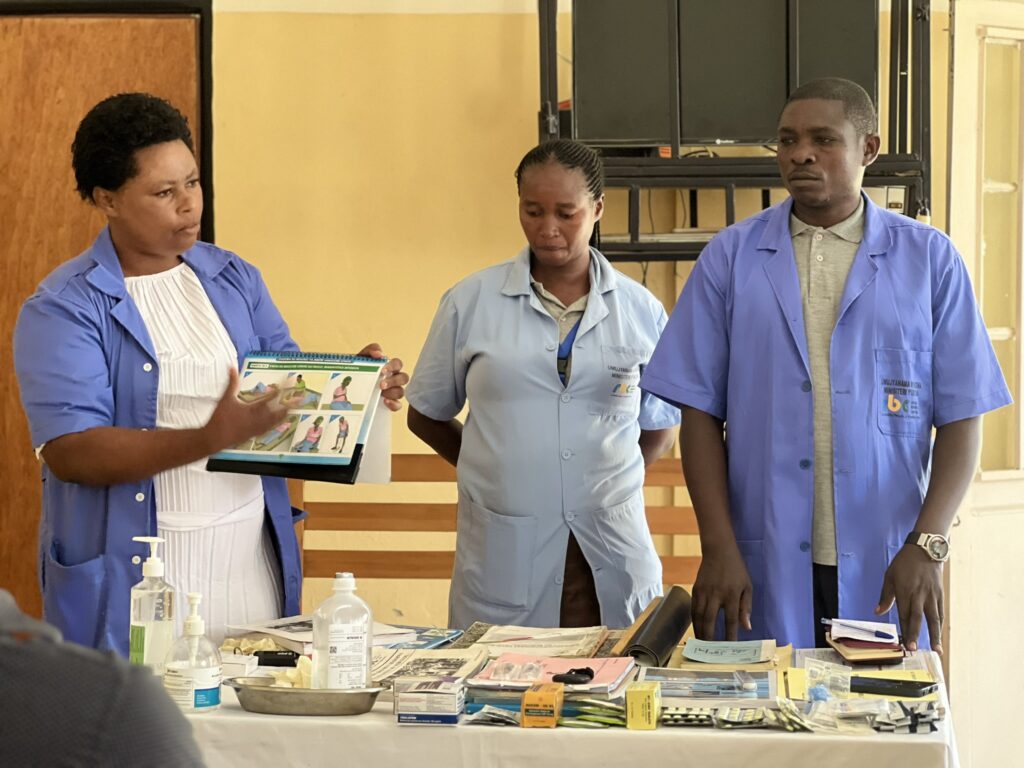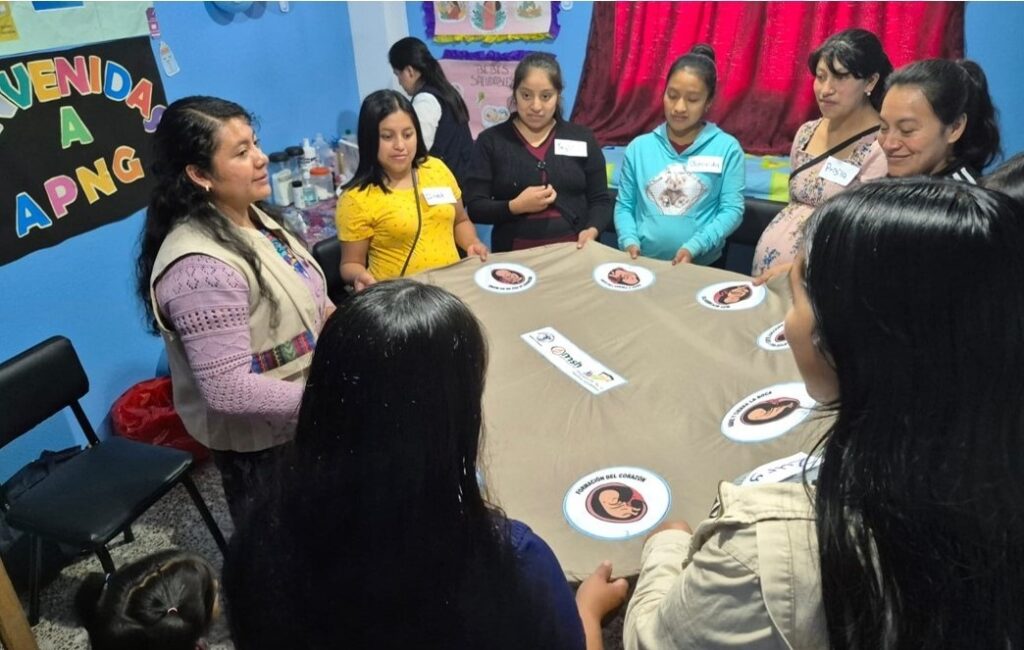Using a Modified Champion Community Approach for Improving Maternal, Newborn, and Child Health Outcomes in Remote and Insecure Health Zones in the Democratic Republic of Congo 2012-2017: A Case Study
Using a Modified Champion Community Approach for Improving Maternal, Newborn, and Child Health Outcomes in Remote and Insecure Health Zones in the Democratic Republic of Congo 2012-2017: A Case Study
Abstract
Background
Factors in Democratic Republic of Congo (DRC) that lead to excess mortality and poor maternal, newborn and child health (MNCH) include poor nutrition, lack of adequate services for antenatal (ANC) and postnatal care (PNC), poor immunization coverage for women and children, elevated rated of malaria and low treatment rates, inadequate water, sanitation and hygiene, and increased rates of gender based violence.
Objective
To analyze the impact of a modified Champion Community Approach (CCA) implemented in DRC on MNCH indicators.
Methods
Implemented in four provinces and 34 health zones in DRC, this modified CCA utilized a bottom up and inclusive approach and eliminated competition and the top down approach first used in Madagascar in the 1990s. Action plans and accountability were built into the approach with steering and executive committees for mentorship and guidance with the inclusion of all community structures into the approach. A unique modification to the approach included income generation and development of the champion community into a non-governmental organization (NGO). Utilizing District Health Information System (DHIS2), MNCH indicators were analyzed to assess differences between health areas with a Champion Community compared with health areas with no Champion Community.
Results
Between 2012 and 2017, 73 Champion Communities were developed. Among health areas with Champion Communities compared with health areas with no champion community, there were statistically significant increases in health area indicator rates in antenatal care (48%), early and exclusive breastfeeding (77%), family planning (55%), assisted birth (50%) and decreased moderate malnutrition rates (44%).
Conclusion
The modified CCA implemented in DRC was an innovative community mobilization approach that fostered and institutionalized community leadership. Income generation and NGO status were unique and transformative steps that led to independence, autonomy and sustainability of the approach and were associated with improved MNCH indicators through behavior change.


